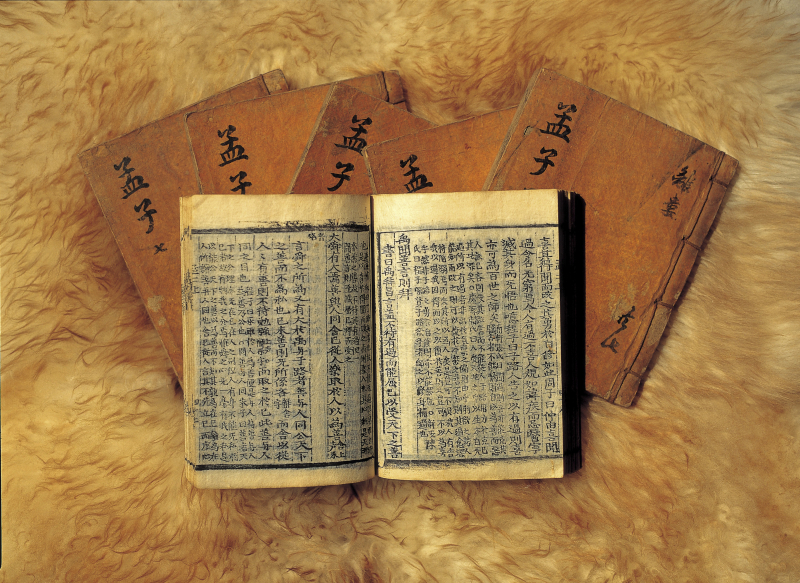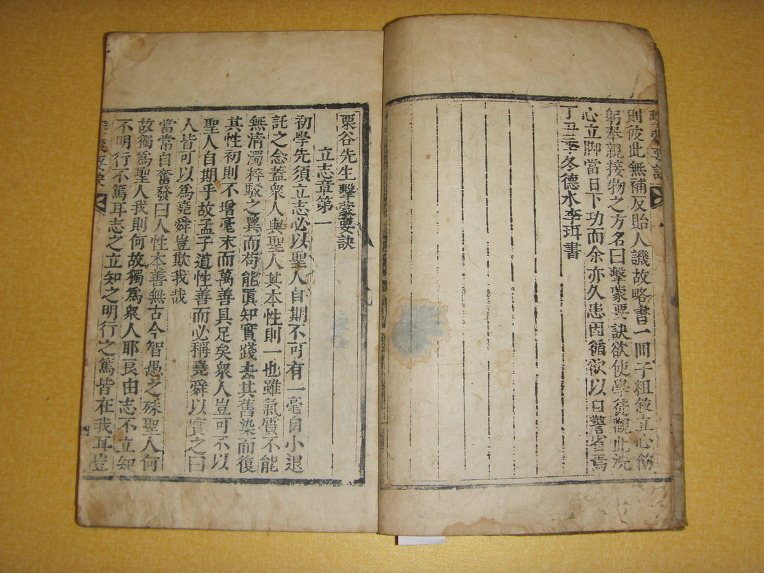The Five Classics
Traditionally, the major contributions of Confucius are credited to him as the author or editor of "The Five Classics". Although many modern scholars dispute it, Confucius is traditionally credited with authoring or editing many ancient Chinese texts including "The Five Classics". The five classics became popular during the Warring States period (circa 475 - 221 BC) but it was not until the Han Dynasty (206 BC - 220 AD) that they began to be considered a series. Considered the golden age of ancient China, the Han Dynasty adopted Confucianism as its official ideology and the Five Classics as part of a state-sponsored curriculum.
The Five Classics, in many ways, form the essence of Confucianism. First, the Book of Documents is also known as the "Book of Literature", which is considered the first narrative history of ancient China. A 58-chapter compilation, it details the events of ancient China. The second is the Classic of Poetry - a collection of 305 poems divided into 160 folk songs, 105 ceremonial songs, sung at court ceremonies, and 40 hymns and eulogies, sung in sacrifices to the gods and spirits of the ancestors of the royal family. The third work is the Book of Rites - describing ancient rites, social forms, and court rituals. The Book of Rites was the basis of many ceremonial principles that arose in later imperial China. The next work is the I Ching, commonly known as the I Ching or the Book of Changes; It contains a system of divination, focusing largely on the principles of yin and yang. Divination is the attempt to gain insight into a question or situation through a standardized and occult process or ritual. The final work is the Spring and Autumn Annals, which are chronicles of the country of Lu, home of Confucius. They imply condemnation of appropriation, murder, incest, etc.












